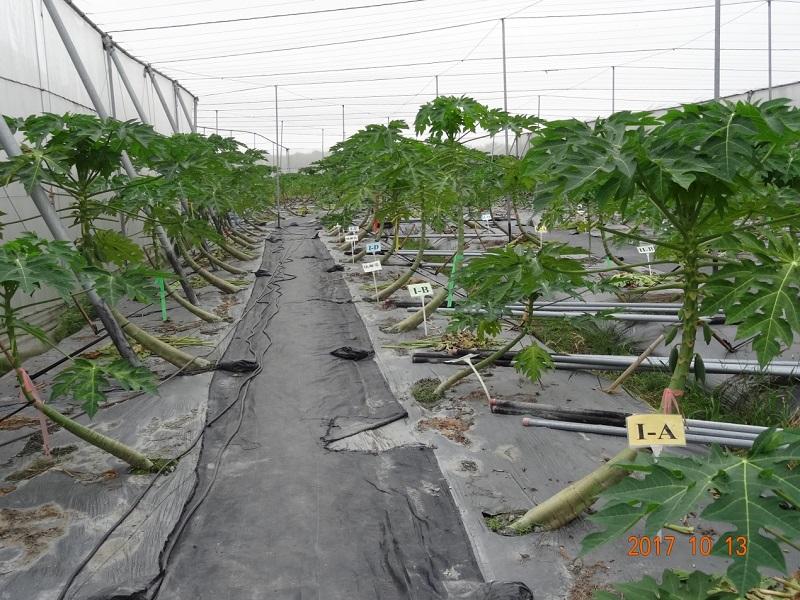After years of research, Taiwan has created a microbial pesticide that uses a luminescent bacteria to target two common agricultural pests. The country will soon be the first in the world to mass produce this biopesticide, say researchers.
According to a press release issued on Nov. 1 by Taiwan’s Agricultural Chemicals and Toxic Substances Research Institute (TACTRI), the new biopesticide, made using a bacterial pathogen called Photorhabdus luminescens, can effectively eradicate carmine and two-spotted spider mites without negatively affecting consumers or the environment.





